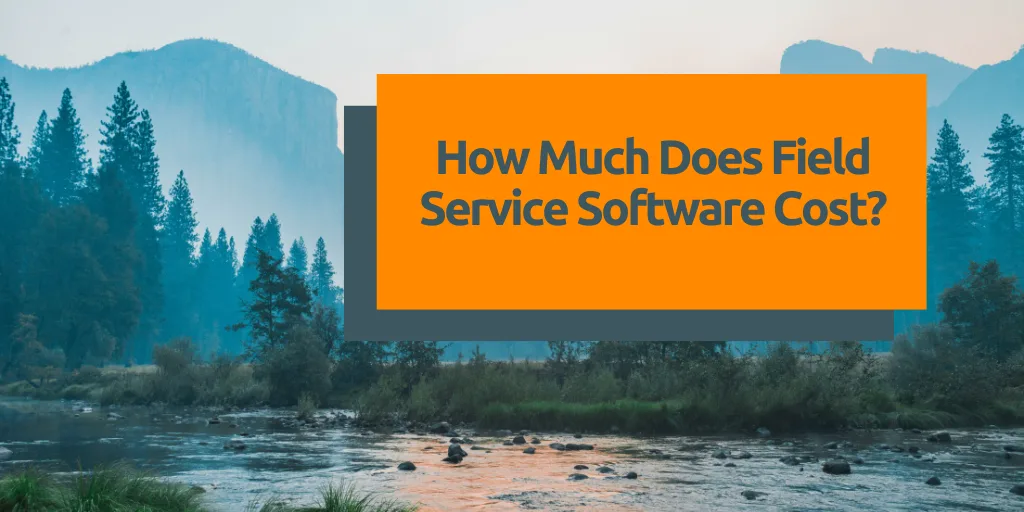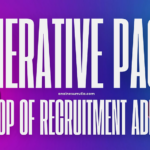Now Reading: Dynamics 365 Glossary – Advanced terms
-
01
Dynamics 365 Glossary – Advanced terms
Dynamics 365 Glossary – Advanced terms

Security & Access
What is a User in Dynamics 365?
A User is an individual with access to a Dynamics 365 environment. Users are authenticated through Microsoft Entra ID (formerly Azure Active Directory) and assigned security roles.
What is a Team in Dynamics 365?
A Team is a group of users that can share ownership of records and responsibilities. Teams can be owner teams or access teams.
What is an Owner Team in Dynamics 365?
An Owner Team can own records and perform actions based on assigned security roles.
What is an Access Team in Dynamics 365?
An Access Team provides temporary access to records without changing ownership. It’s useful for collaboration.
What is a Business Unit in Dynamics 365?
A Business Unit is a logical grouping of users and teams for security and organisation. It defines data access boundaries.
What is a Security Role in Dynamics 365?
A Security Role defines permissions for users or teams, controlling what they can view, create, or edit.
What is a Privilege in Dynamics 365?
A Privilege is the smallest unit of security, such as Create, Read, Write, or Delete. Roles are made up of privileges.
What is an Access Level in Dynamics 365?
An Access Level determines the scope of a privilege, such as User, Business Unit, or Organisation.
What is Hierarchy Security in Dynamics 365?
Hierarchy Security allows managers to access records owned by their subordinates based on organisational hierarchy.
What is a Field Security Profile in Dynamics 365?
A Field Security Profile controls access to specific fields, allowing restrictions on sensitive data.
What is an Owner in Dynamics 365?
An Owner is the user or team responsible for a record. Ownership affects visibility and permissions.
What is an Application User in Dynamics 365?
An Application User is a non-interactive user account used for integrations and service-to-service authentication.
Automation & Logic
What is a Business Rule in Dynamics 365?
A Business Rule applies logic to forms without code, such as showing fields or setting values based on conditions.
What is a Workflow in Dynamics 365?
A Workflow automates processes like sending emails or updating fields. Classic workflows are now replaced by Power Automate.
What is a Real-time Workflow in Dynamics 365?
A Real-time Workflow runs immediately when triggered, before the record is saved.
What is a Background Workflow in Dynamics 365?
A Background Workflow runs asynchronously after the record is saved, reducing impact on performance.
What is a Power Automate Flow in Dynamics 365?
A Power Automate Flow is a cloud-based automation that connects Dynamics 365 with other apps and services.
What is a Plug-in in Dynamics 365?
A Plug-in is custom code that runs on the server during data operations, triggered by specific events.
What is a Custom Action in Dynamics 365?
A Custom Action is a reusable operation that can be called by workflows, plug-ins, or external apps.
What is a Custom API in Dynamics 365?
A Custom API is a developer-defined endpoint that extends Dataverse with custom logic.
What is a Webhook in Dynamics 365?
A Webhook sends data to an external service when an event occurs in Dataverse.
What is JavaScript in Dynamics 365?
JavaScript customises client-side behaviour on forms, such as field validation or dynamic visibility.
What is a Ribbon Command in Dynamics 365?
A Ribbon Command adds custom buttons and actions to the command bar in forms and views.
What is a Process in Dynamics 365?
A Process is a general term for workflows, business rules, and business process flows that automate tasks.
What is an SLA in Dynamics 365?
A Service Level Agreement defines response and resolution targets for cases or service requests.
What is an SLA Item in Dynamics 365?
An SLA Item specifies individual KPI targets within an SLA, such as first response time.
What is a KPI Instance in Dynamics 365?
A KPI Instance tracks progress against an SLA for a specific record.
What is a Pause Status in Dynamics 365?
A Pause Status temporarily stops SLA timers when a case is on hold.
What are Business Hours in Dynamics 365?
Business Hours define working time for SLA calculations and scheduling.
What is a Holiday Schedule in Dynamics 365?
A Holiday Schedule lists non-working days to exclude from SLA calculations.
What is an Entitlement in Dynamics 365?
An Entitlement specifies the type and amount of support a customer is entitled to.
What is a Queue in Dynamics 365?
A Queue is a container for work items like cases or activities, used for routing and workload management.
What is a Queue Item in Dynamics 365?
A Queue Item represents a record placed in a queue for processing.
What is a Routing Rule in Dynamics 365?
A Routing Rule automatically assigns records to queues or users based on conditions.
Data & Queries
What is FetchXML in Dynamics 365?
FetchXML is a query language used to retrieve data from Dataverse, supporting filters, joins, and aggregation.
What is OData in Dynamics 365?
OData is a web protocol that allows external applications to query and update data in Dataverse.
What is a Query Expression in Dynamics 365?
A Query Expression is a developer-friendly way to build queries in code using the SDK.
What is a Filter in Dynamics 365?
A Filter limits records in a view or query based on specified criteria.
What is Sort in Dynamics 365?
Sort defines the order in which records appear in a view or query.
What is Aggregation in Dynamics 365?
Aggregation summarises data, such as totals or averages, in queries or charts.
Solutions & Application Lifecycle Management (ALM)
What is a Solution in Dynamics 365?
A Solution is a package that contains customisations and components for deployment.
What is a Managed Solution in Dynamics 365?
A Managed Solution is locked and cannot be edited directly, used for production environments.
What is an Unmanaged Solution in Dynamics 365?
An Unmanaged Solution is editable and used during development.
What is a Patch in Dynamics 365?
A Patch is a lightweight update to an existing solution without replacing the whole package.
What is an Upgrade in Dynamics 365?
An Upgrade replaces an existing solution with a newer version.
What is Solution Layering in Dynamics 365?
Solution Layering determines which solution’s changes apply when multiple solutions modify the same component.
What is a Solution Publisher in Dynamics 365?
A Solution Publisher identifies the creator of a solution and sets a prefix for components.
What is a Prefix in Dynamics 365?
A Prefix is added to component names to avoid conflicts between solutions.
What are Managed Properties in Dynamics 365?
Managed Properties control whether components in a managed solution can be customised.
What is Configuration Migration in Dynamics 365?
Configuration Migration moves configuration data between environments using a specialised tool.
What is Package Deployer in Dynamics 365?
Package Deployer installs complex solutions and data packages into an environment.
What is the Plug-in Registration Tool in Dynamics 365?
The Plug-in Registration Tool registers custom plug-ins and steps with Dataverse.
What is Solution Checker in Dynamics 365?
Solution Checker analyses solutions for issues and best practice violations.
Power Platform
What is a Model-driven App in Dynamics 365?
A Model-driven App is a structured application built on Dataverse using tables, forms, and views.
What is a Canvas App in Dynamics 365?
A Canvas App is a flexible app where you design the interface freely and connect to multiple data sources.
What is Power Pages in Dynamics 365?
Power Pages is a platform for building secure, low-code websites connected to Dataverse.
What is a Portal in Dynamics 365?
A Portal is the older term for Power Pages, used for external-facing websites integrated with Dynamics data.
What is an Environment in Dynamics 365?
An Environment is a space where apps, data, and flows are stored, such as production or sandbox.
What is Dataverse in Dynamics 365?
Dataverse is the underlying data platform for Dynamics 365 and Power Apps, storing tables and records.
What is a Connector in Dynamics 365?
A Connector links Power Platform apps to external services like SharePoint or SQL.
What is Power BI in Dynamics 365?
Power BI is a business analytics tool that creates interactive reports and dashboards using Dynamics data.
What is Power Virtual Agents in Dynamics 365?
Power Virtual Agents is a tool for building AI-powered chatbots without coding.
What is AI Builder in Dynamics 365?
AI Builder adds AI capabilities like prediction and form processing to Power Apps and flows.
What is PCF in Dynamics 365?
PCF (Power Apps Component Framework) allows developers to build custom controls for model-driven and canvas apps.
The post Dynamics 365 Glossary – Advanced terms appeared first on All My Systems.
Check Pete Murray’s original post https://www.allmysystems.co.uk/dynamics-365-glossary-advanced-terms/ on www.allmysystems.co.uk which was published 2025-11-04 16:21:00















